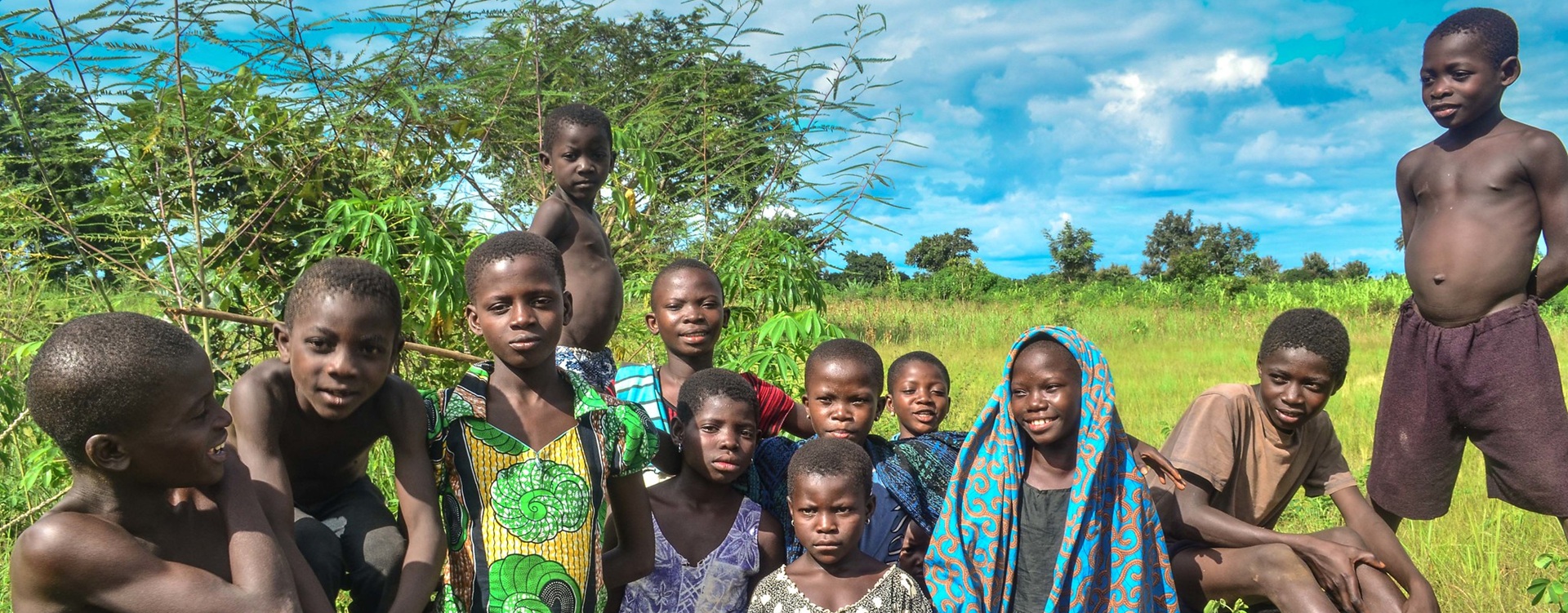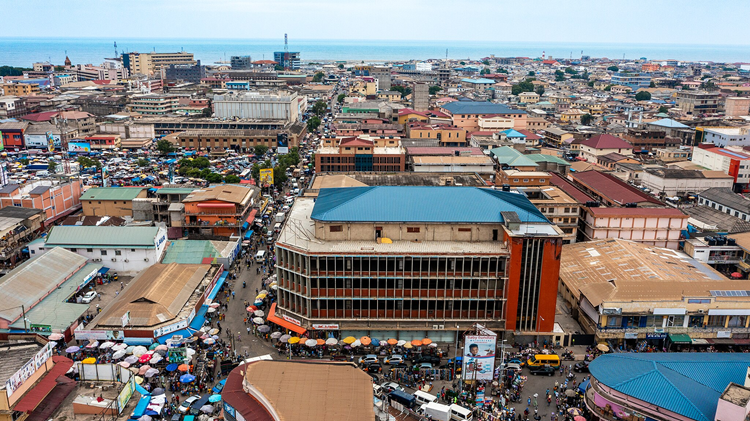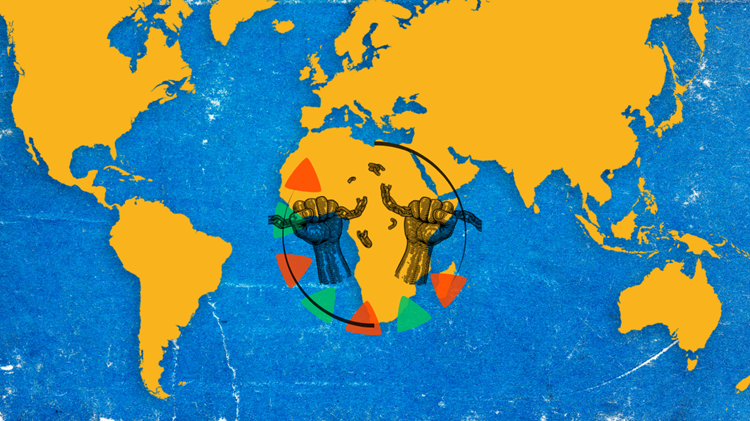Africa’s slow development: it’s demographics, not poor governance

Africa’s large youthful population is often seen as an asset—but until dependency ratios shift, it remains the continent’s biggest barrier to growth.
Africa’s disappointing economic performance since independence in the 1960s is often blamed on corruption, poor governance and lack of competition but, structurally, the main reason is demographics. The extent is evident when reviewing the 2024/5 country classification by the World Bank which considers 22 African countries as low-income and 24 as lower-middle-income. No other region has similar poor levels of development or has shown less progress than Africa in the late 20th and early 21st centuries. Slow development has occurred in spite of a cumulative amount of US$2.3 trillion in development assistance (aid), which has been particularly in the news given the cuts to USAID—although a portion was spent to purchase loyalty rather than invested in productive ventures in the first decades of aid.
Today, and for at least the last decade, much noise has been made about Africa’s growing and youthful population without adequate recognition that this has been the main drag on growth since the 1960s and will continue to constrain growth for several decades. Only beyond mid-century does the ratio of working-age Africans to dependants become positive to the extent that labour contributes positively to economic growth.
Much noise has been made about Africa’s growing and youthful population without adequate recognition that this has been the main drag on growth since independence
Consider the fact that at independence in the 1960s, the ratio of working-age persons to dependants (children aged 15 years and below, plus adults over 64 years of age) in Africa was almost one-to-one and declining. In other words, every person of working age supported at least one dependant, and the burden was increasing. The ratio bottomed out in the late 1980s and then started to improve. Of course, Africa’s labour force needs to be educated and in good health to be productive, but the reality is that even then, labour contributed less to economic growth with each passing year until things slowly began to improve from around 1988.
The main reason why the African continent achieved growth in subsequent years was because of the commodities boom that accompanied China’s rapid growth. In the early years of its remarkable escape from poverty, China grew in part because a capable government enforced a one-child policy that resulted in the ratio of working-age people to dependants going through the roof to peak at almost 2.8 working-age persons to every dependant. The Asian Tigers (Hong Kong, Singapore, South Korea and Taiwan) had the same experience, but without the draconian social control policies of Deng Xiaoping and others. With the opening up of the Chinese market, the West rushed to invest, matching China’s growing labour force with capital.
In contrast to the match made in heaven in China and the Asian Tigers, Africa has demographically done badly. There are many reasons for Africa’s slow demographic transition: Historically, low population density—a function of Africa’s high disease burden—translated into lower income growth rates. In more recent generations, the continent has also not been able to empower women sufficiently, raise the quality and attainment of education, roll out the use of modern contraceptives quickly enough, or transition to economies where child labour is no longer required. The dominance of subsistence agricultural practices with a high demand for child labour in sub-Saharan Africa’s large rural population is another reason.
Even in 2025, the ratio of 1.3 persons of working age to one dependant in sub-Saharan Africa means that slow growth in the size of the labour pool relative to dependants (the primary source of economic growth in sub-Saharan Africa) translates into steady but unspectacular economic growth rates. No amount of aid, which is under considerable pressure at the moment, can counter Africa’s flaccid labour muscle.
No amount of aid, which is under considerable pressure at the moment, can counter Africa’s flaccid labour muscle
The ratio of working-age persons to dependants in sub-Saharan Africa is presented in an accompanying graphic together with the ratio for China and the Asian Tiger economies. The graphic includes a forecast using the International Futures forecasting platform to 2060 and reflects that sub-Saharan Africa will enter a potential demographic window of opportunity beyond 2050 when the ratio of working-age persons to dependants gets to 1.7 to one, the magical number at which the contribution of labour is such that it starts to propel more rapid economic growth. At that point, the region enters a potential demographic window of opportunity that, given a number of other conditions, should unlock much more rapid income growth.
Standard economic growth theory posits that economic growth is the result of the contributions made by labour, capital and technology—and there is a lively debate amongst academics as to which contributes most at different levels of development. Most empirical research supports the view that capital accumulation (physical capital investment such as infrastructure, machinery, factories and equipment) is the primary driver of growth during the early stages of development. However, there is an equal amount of support for the view that, at low levels of development, labour contributes most to growth, and the evidence for the latter is overwhelming when one considers the associated importance of agriculture as the sector with the largest growth potential in most poor countries.
Virtually all high-income countries first underwent an agricultural transformation (where labour plays the most important role) before embarking on a manufacturing transition and then eventually the services sector dominates. However, in most African countries, this sequence has been reversed with low-end services in the informal sector dominating the economy while agriculture consists largely of subsistence farming and most economies are deindustrialising.
In addition to its growing population, Africans love to point to the continent’s large agricultural potential, but the reality is that Africa has not had its own agricultural revolution. Instead, it is becoming more food-insecure with each passing year because of under-investment in agriculture and the deep-seated association between agriculture, poverty and suffering that makes it the least-attractive sector amongst young Africans.
Africans love to point to the continent’s large agricultural potential, but the reality is that Africa has not had its own agricultural revolution
In contrast to sub-Saharan Africa, North Africa is already well into its demographic transition. It should be experiencing higher economic returns from a shrinking dependency ratio, but the stifling role of the state and lack of economic freedom generally constrain the income growth that should follow from its favourable demographics. North Africa (and indeed also South Africa’s experience) cautions that enabling policies are required to turn a potential dividend into income growth.
Sub-Saharan Africa, especially the Sahel and Central Africa, is still in an early stage, meaning the dividend is further on the horizon. Accelerating its demographic transition will require deliberate policy choices: investing in girls’ education, expanding access to reproductive healthcare, transforming rural economies and fostering labour-intensive sectors that can absorb a youthful workforce. If these steps are taken early, Africa can harness its population growth as a strength—not a constraint—when its demographic window finally opens in the decades ahead.
Economic growth determines the resources available to govern (as a function of government revenues) and hence the ability and the quality of governance—which is another way of saying that rich countries are typically well governed while poor countries are typically badly governed. Basking in their wealth and standards of living, most of today’s high-income countries (and donors) suffer from selective memory of the struggles, corruption and abuse of money that accompanied their own development.
Meanwhile, Africa’s demographic window of opportunity is coming. Eventually its youthful and growing population, alongside the emerging population decline in Europe and Asia, presents an opportunity for rapid growth with the right investments. If Africans are educated, trained and healthy, the continent's labour force can make a significant contribution to economic growth while positioning Africa as a key exporter of goods, services and labour to the rest of the world. The future is inevitably one of large-scale movement of labour, this time not to Africa, as happened in a previous century, but from Africa.
Image: jbdodane/Flickr






